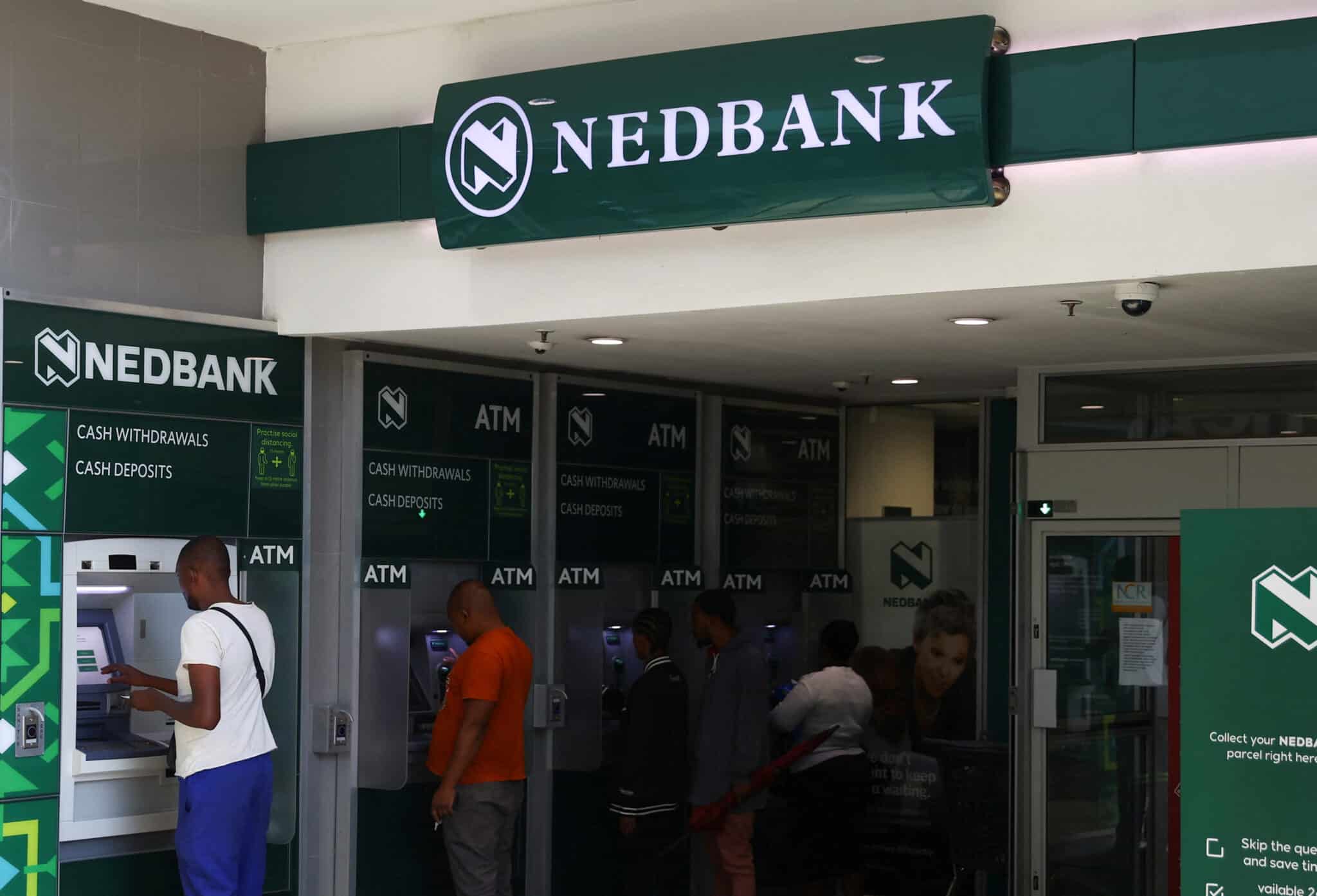
JOHANNESBURG, Aug 6 (Reuters) – South Africa’s Nedbank Group reported an 8% rise in half-year profit on Tuesday, supported by lower impairment charges and solid growth in non-interest revenue (NIR).
Nedbank upwardly revised its full-year forecast for NIR and new Chief Executive Jason Quinn told Reuters the bank should benefit as South Africa’s new national unity government has spurred cautious optimism in financial markets and could see companies spending meaningfully again.
“The national agenda on infrastructure is clear and we are an infrastructure player,” Quinn, who became CEO in May, said in an interview. “Companies are geared to take on some projects and taking on some debt.”
Nedbank, South Africa’s fourth biggest bank by assets, said headline earnings rose to 7.9 billion rand ($427.2 million) in the six months ended June 30.
NIR increased by 7% to 14.4 billion rand, slightly ahead of the group’s full-year guidance of above mid-single-digit growth. This was thanks to good growth in commission and fees, a strong trading performance and higher equity investment income, the bank said.
Nedbank now expects NIR growth for 2024 to be in the upper-single digits, buoyed by ongoing corporate deals and the acquisition of fleet management business Eqstra.
CEO Quinn is betting on an improving South African economy as inflationary pressures ease and the central bank is expected to start cutting interest rates in September for the first time since July 2020.
In the first half of the year, Nedbank’s net interest income (NII) – the amount banks earn from loans minus what they pay on deposits – grew marginally by 2% to 20.8 billion rand, below initial management expectations of above mid-single digit growth.
For 2024, NII growth is now guided to be below mid-single digits.
Nedbank’s loan growth increased by 4% to 913 billion rand, with stronger growth expected in the second half “as lower interest rates and inflation start benefiting retail credit growth and as wholesale clients start drawing down on renewable energy deals,” the bank said.
“Our best case says credit extension could grow by 6%,” Quinn told Reuters.
The group’s credit impairment charge decreased by 12% to 4.7 billion rand. Its credit loss ratio – a measure of bad loans as a percentage of total loans – of 104 basis points remained elevated as household finances remained under pressure.
But it improved from the 121 basis points reported in the same first half of 2023.
($1 = 18.4912 rand)
(Reporting by Nqobile Dludla; Editing by Jacqueline Wong, Janane Venkatraman and Susan Fenton)

